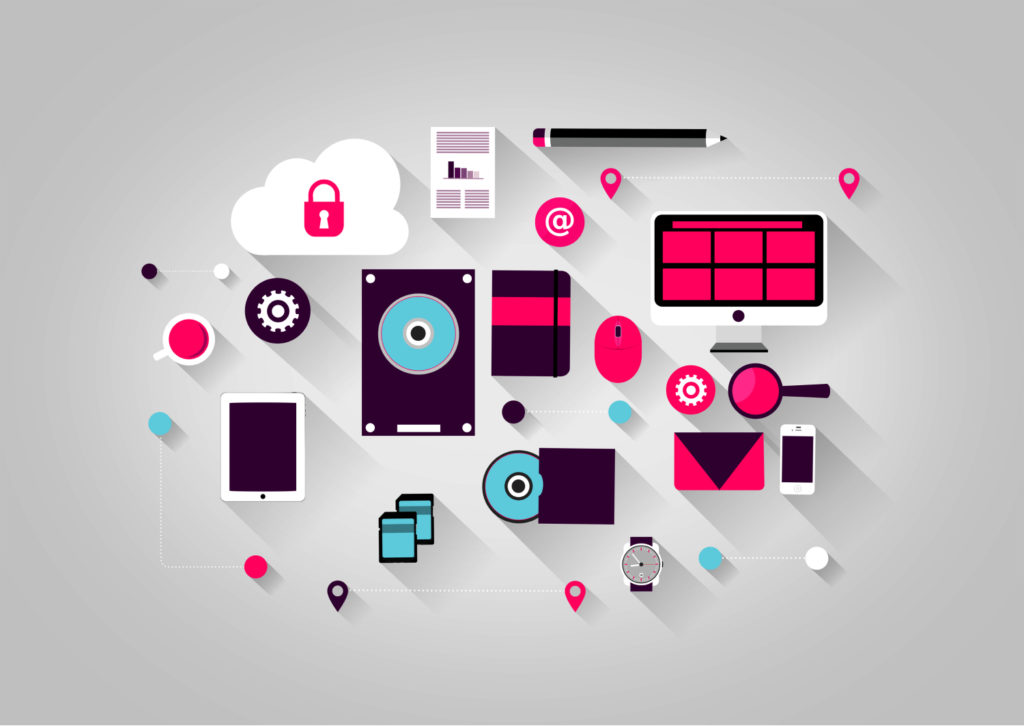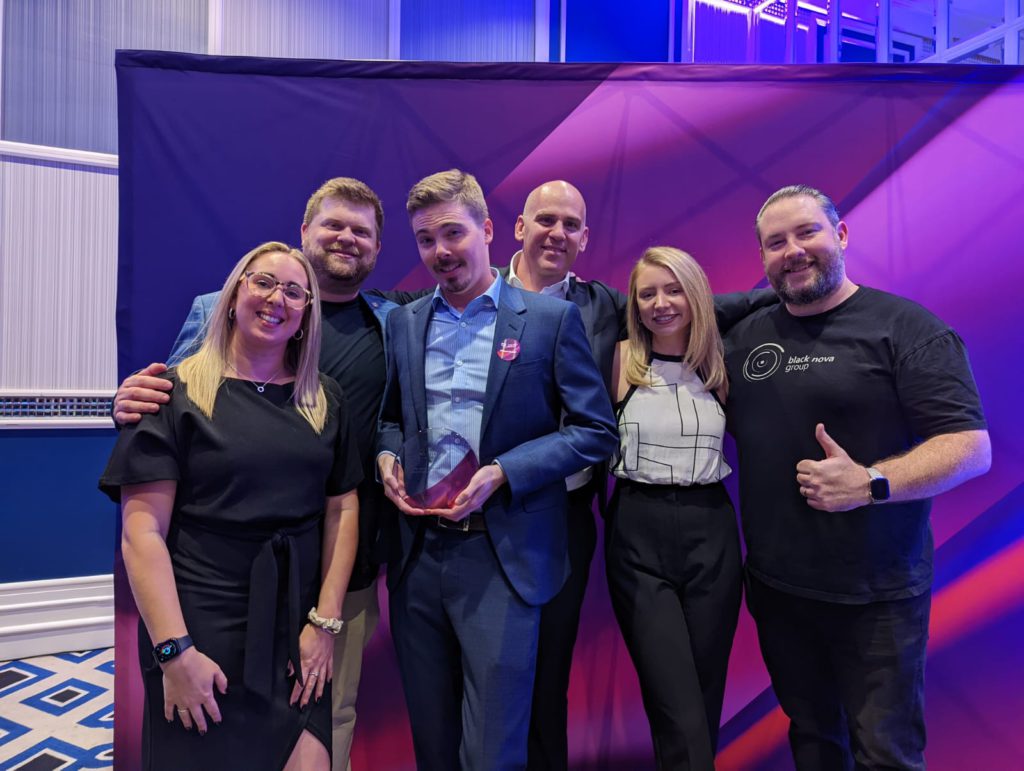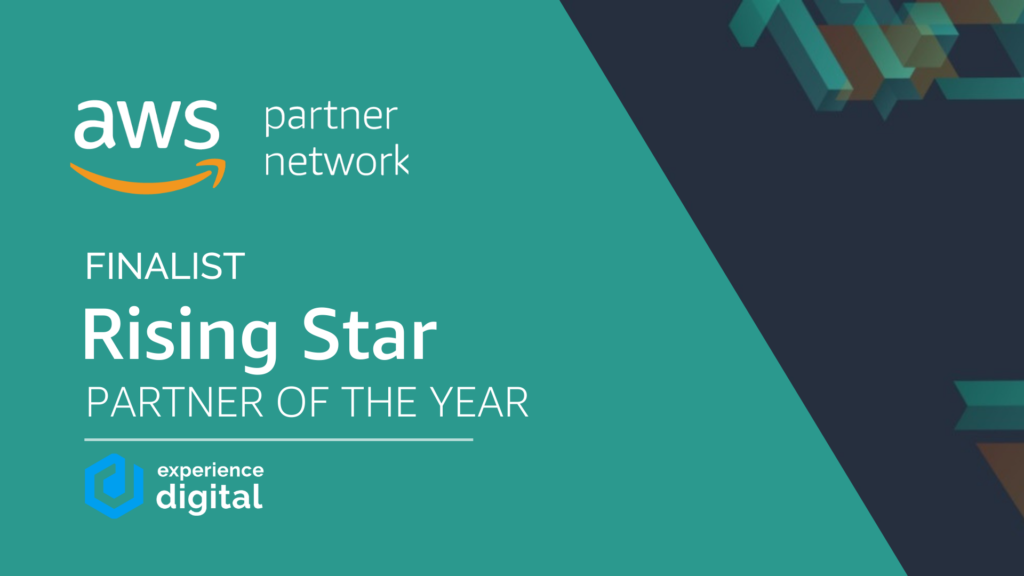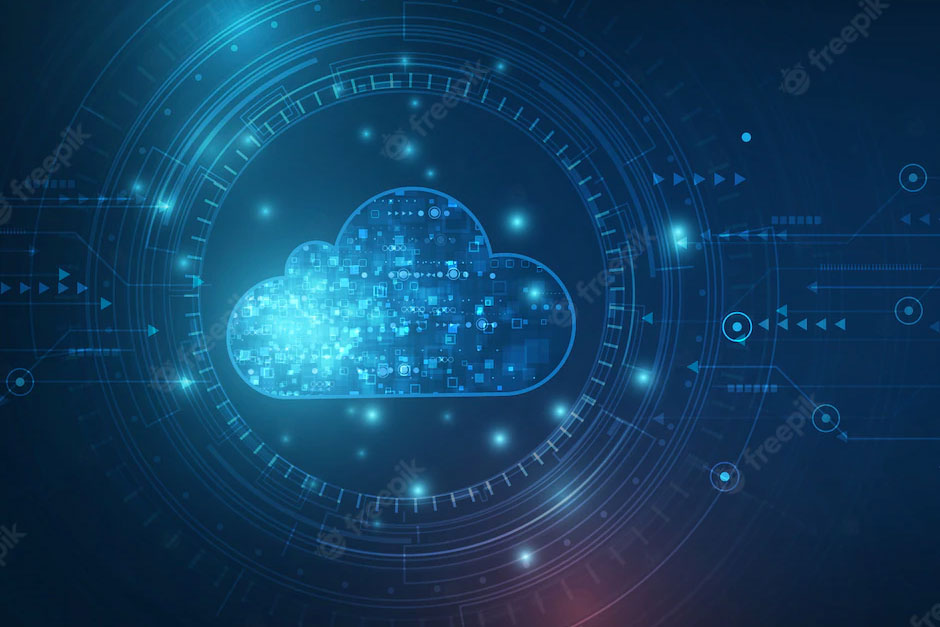The overarching concept of the Internet of Things (IoT) within the global network has been around for over three decades – its ability to rapidly innovate and evolve has recently become increasingly more notable. To paint a clearer picture, in 2020, the number of IoT devices surpassed the world’s population. As discussed in my previous blog which covered an overview of IoT, this vast technology is taking the world by storm by equipping inanimate objects with automation and intelligence capability.
As technology evolves, as does the human demand for ‘smart’ devices, fitted with increased value propositions for both consumer and commercial functions. Automation, without any need for human intervention, has quickly become something that’s expected for many in multiple facets of everyday life. So the real question posed here is how can this be facilitated so effortlessly and safely to truly harness maximum value?
This blog expands upon the considerations aforementioned in my previous blog including an in-depth look into the benefits and potential drawbacks of implementing an IoT solution for your business.
Benefits
The power of IoT is understood differently depending on the setting. The benefits of this encompassing technology are interpreted alternately for those attributed to individuals who utilise IoT in various locations including, homes, offices, factories, vehicles, retail, worksites, cities and logistics.
- Increased Productivity:The provision of automatic data processing – free of human intervention – IoT reduces numerous mundane tasks for employees and consumers. Wearable IoT devices facilitate individuals to monitor and maintain health and wellness, leading to increased fitness and productivity. IoT devices – in the home can be utilised for chore automation and energy management reduction (up to 100 hours of labour) in a typical household. Furthermore, in a corporate setting, reducing the headcount of workers ultimately leads to reduced operational costs for businesses.
- Additional Asset Utilisation & Business Models: Transforming business cases for long-standing assets to transition to an as-a-service offering by equipping these assets with IoT tracking. Allowing businesses to introduce new models that monetise this equipment and earn extra profit.
- Efficient Operational Management:The introduction of RFID tags – the interconnection of devices combined with their automation has led to efficiency when managing workflows. This includes inventory management, location tracking, spare parts management and more. Moreover, automatic asset lifecycle monitoring and scheduled maintenance allow for fine-tuned controls and resourceful management of assets, increasing their longevity and production rates.
- Improved Workplace Safety:Albeit being a broad and overarching statement, in multiple ways, the notion of increased safety in the workplace can be attributed to IoT. Firstly – hazard reduction, due to IoT’s ability to monitor the lifecycle of assets, meaning asset retirement is forecasted correctly and workplace accidents at the hands of outdated equipment are reduced. Secondly – smart devices reduce the probability of human error during various stages of business operation, reducing risk enormously. Lastly, a system of IoT devices including surveillance cameras and motion sensors can be utilised correctly to ensure the security of a workplace which ultimately prevents potential theft.
- Enhanced Personalised Customer Service:Due to the capability of IoT devices capturing user-specific data, therein lies an opportunity to leverage this to the benefit of your customer. By providing automated reminders, follow-ups and check-ins, you can reinvigorate your brand to be front of mind resulting in increased retention.
- Effective Cost Reduction:Every point mentioned above ultimately results in reduced costs for your business – including a lower cadence of purchasing new equipment, increased production rates, lower salary costs with automation of tasks and so on.
Drawbacks & Risks
- Cybersecurity & Confidentiality:The most prominent risk with IoT devices is cybersecurity creating grave concerns with the confidentiality and integrity of this data. As its primary function is that of network connection and data sharing, the risk of a data breach or cyber attack is increasingly prominent. Technology moves forward at an alarmingly fast rate allowing for increased vulnerabilities, especially when you add in the rate at which companies rush ‘smart’ products to market to support trends.
- Security Flaws: IoT solutions rarely contain adequate anti-tampering and encryption protocols. The risk of fraudulent behaviour involving IoT devices is high due to the collection and transmission of highly sensitive data. This can result in identity theft, loss of corporate secrets, equipment or products, sabotage, etc.
- Cost: The investment to install the baseline infrastructure and security necessities for businesses to carry out correct IoT implementation is costly. This includes the network and technical infrastructure installation as well as the ongoing maintenance costs. Alike other investments, there can be a considerable delay in reaping the financial benefits in profit from the implementation (although the all-time profit will ultimately greatly exceed the original investment).
- Niche Skillset Requirement:To manage the entirety of an IoT solution, trained professionals must understand the complexity and scope of the devices. The requirements from staff include deployment, setup and constant maintenance; therefore highly trained, skilled administrators should be recruited. Although fewer team members are required, these staff must have experience in IoT management.
The future of IoT
As discussed, the impact of IoT is becoming increasingly apparent as the powerful technology continues to proliferate throughout multiple settings. IoT is changing the way businesses operate, create and deliver products – how individuals manage their health and wellness – and how countless facets of life are continually optimised. The magnitude of this effect continues to be monitored and forecast – though the real power has not yet been quantifiable.
A concept as powerful as IoT requires deep consideration and research before implementing – whether in a business context or as an individual opting for devices around their home. Through increased knowledge, creators of IoT-enabled products and services will have a necessity to divulge clear explanations of how their data is collected and where it’s being used and stored. The worthwhile value proposition through promising transparency and data protection to maximise the uptake and trust within IoT.
If you’d like more information on how to utilise IoT and leverage this within your business specifically, you can reach out to our team of experts within the field of IoT. Explore how we’ve assisted our clients, including Gear Tracker, in successfully implementing solutions to benefit from the technology.






